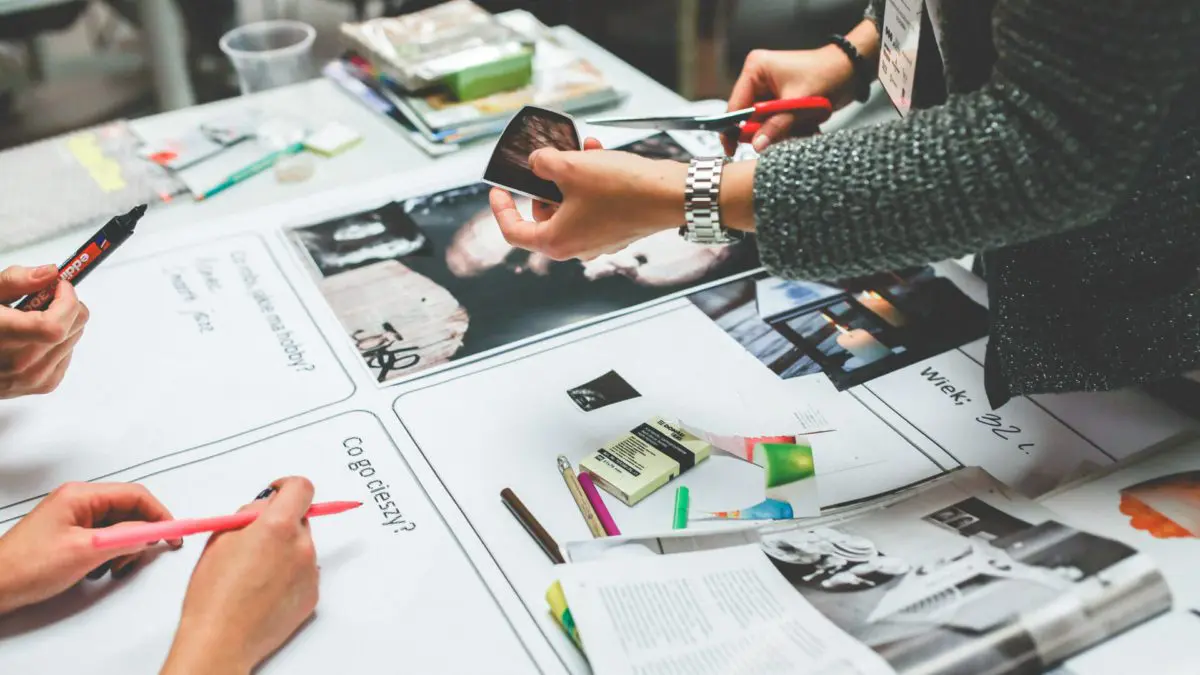What are Brochure Best Practices

What are Brochure Best Practices?
Brochures are the best way to market just about anything. Perfect for tradeshows, leave-behinds, in-store service offers, menus, maps, mailers – the list goes on and on. But as with any creative project, a brochure design has its own unique parameters and factors to consider. It’s a good idea to follow some brochure best practices to design a beautiful marketing piece. Outlined here are a few significant ways to ensure your design is off to a good start and in the run to be a great brochure.
Design for Content
You can design a brochure in a few different sizes and with options for folding. The versatility of brochure design gives designers more of an opportunity to design for content. So, a brochure best practice key is to have a clear idea of how much content the brochure has from the start in order to decide what kind of design will work best. You want to also consider factors like image-to-text-ratio or whether the content has a lot of call out boxes or bullet points. A tri-fold brochure is often not the best choice for an image-heavy brochure, or one with a lot of call-out boxes with large text since the width of each side of the brochure is so narrow. A square booklet style brochure might be a better choice for a design that has large images and impactful text.
Make the Cover Count
People judge books by the cover. Brochures are really just big covers. Brochure best practice cover is powerful, captivating and pristine. And remember white space is your friend — if your brochure appears too busy, the eye will have no path to follow, and people will abandon it.
Design For Your Customers
Brochure design functions quite often as a company or product introduction for a customer, so it’s really important to design it directly for that customer. Do thorough research and come up with a detailed plan that relates directly to the target market. Find out what other brochure designs for the demographic and market space looks like, and consider those designs as inspiration.
Don’t Forget the High-Quality Pictures
Show, don’t tell. Throwing paragraphs of text across your brochure panels without any visuals is boring. Beyond what paper you use, another brochure best practice is to use photo and illustration content as another factor that makes for an impressive or cheap looking brochure design. Ideally, hire a photographer and use original photography. If you don’t have the budget for that consider using stock photography and illustration, but try to find source material that does not look too much like stock. If your client provides you with low-quality images, you can use Photoshop to enhance the images or apply color effects to them that improve their look and obscures the quality of the original images. If you don’t have good quality images, it would be better to create typographic compositions instead that use color and layout in interesting ways.
Here at iSpace Office Printing, we understand that brochures are ideal for showcasing all types of products and services in a highly presentable way. We are your sources for Tri-fold Brochures, Restaurant and Service Menus, Promotional Mailing, Trade Show Displays, Information Booths, and more that can be used for a variety of different scenarios:
- leave behind
- point of sale
- direct mail
- response
- sales support
Call (317) 694-7197 or request a quote here to get started.
